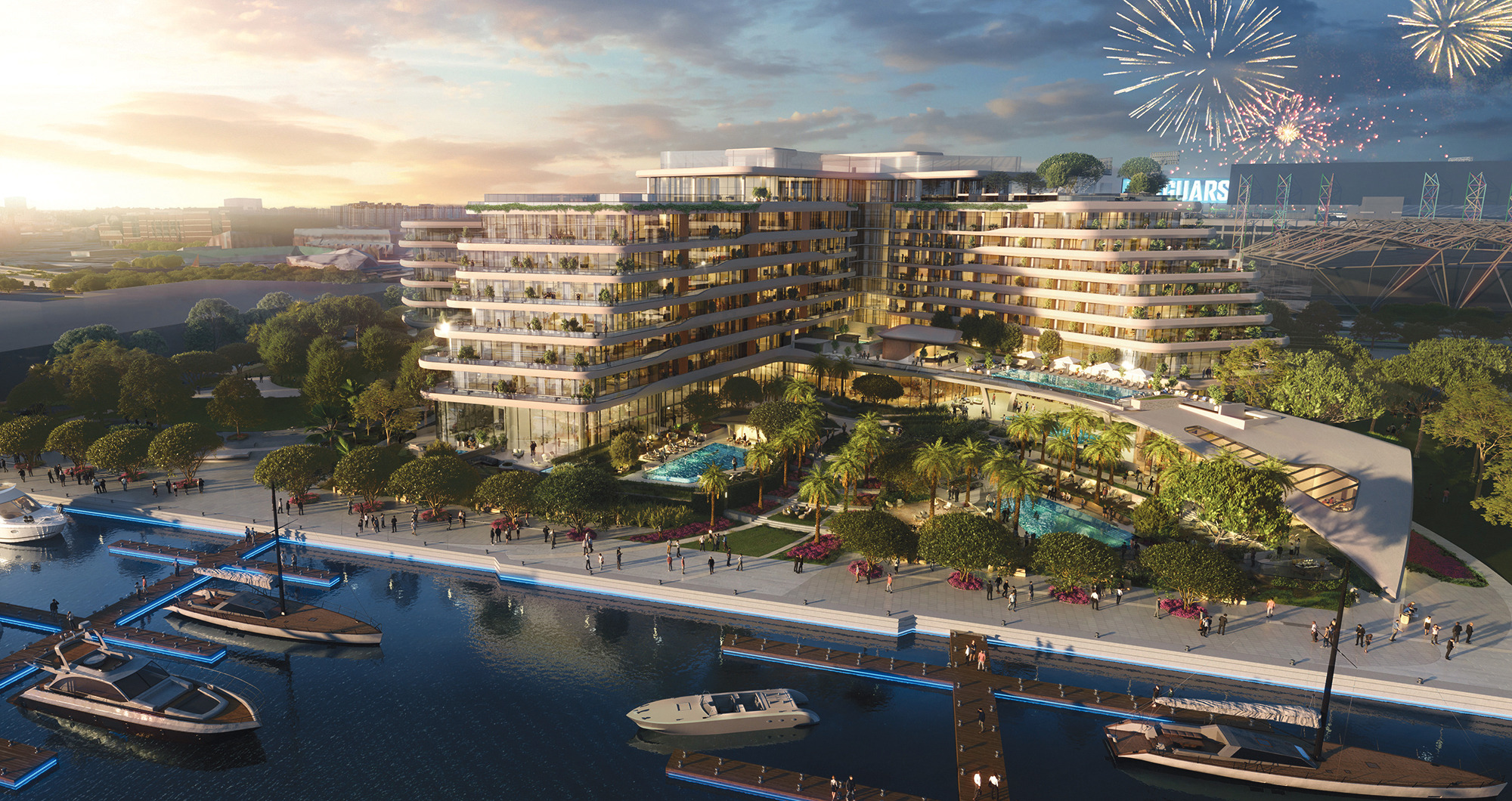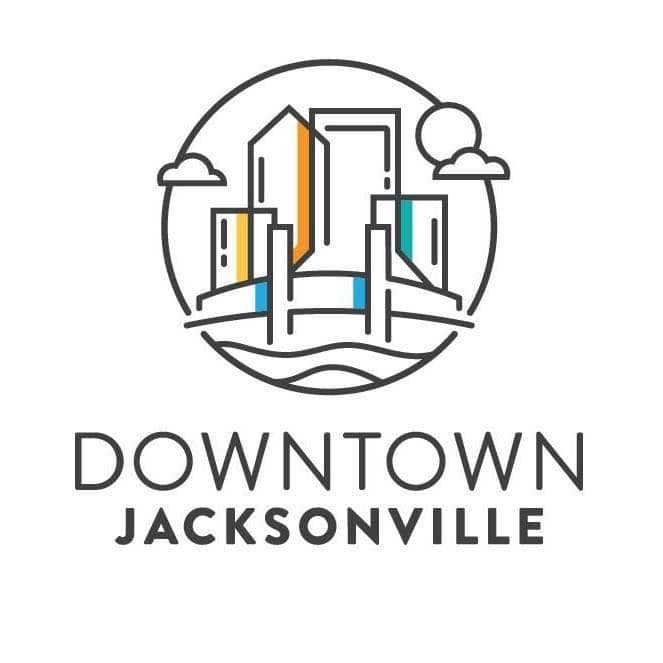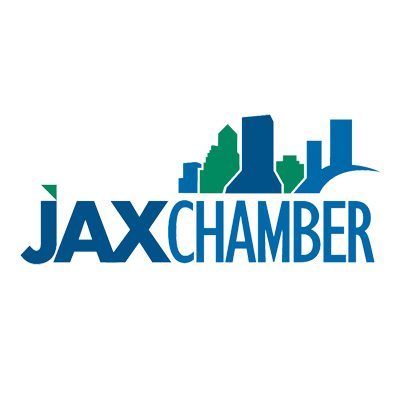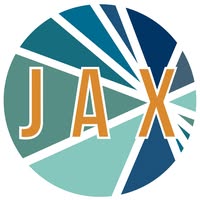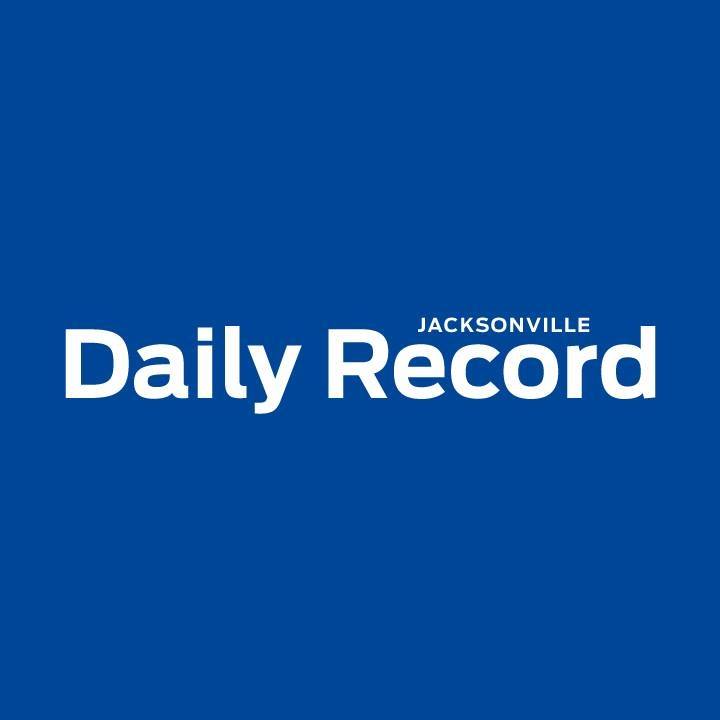Why Invest in Jacksonville?
Jacksonville is one of the largest cities in Florida. We’ve witnessed positive growth over the years in terms of population, housing, salary growth, and sound market fundamentals. This city boasts a large work force and a strong recovery from COVID-19, in addition to a good quality of life.
“Jacksonville has seen the job market increase by 2.8% over the last year. Future job growth over the next ten years is predicted to be 44.4%, which is higher than the US average of 33.5%. – The Sales Tax Rate for Jacksonville is 7.0%. The US average is 7.3%. ” – Source: Best Places
DISTINCT NEIGHBORHOODS
One of the cities in the country with the quickest growth is Jacksonville. Its remarkable expansion and the downtown housing market are being driven by the region’s high demand for residential space. More people and businesses move into the city as a result of its regeneration and development. Private redevelopment and other significant infrastructure projects with a purpose of restoring rivers, adding more trails, and modernizing roadways to boost mobility resiliency and property values were made possible by public investments in stormwater management and roadways.
Modified travel lanes, wider sidewalks, shade trees, and increased on-street parking will give renewed vitality to park street welcoming pedestrians and bicyclist creating spaces for on-street dining and improving traffic safety.
La Villa, the city’s oldest suburb and the location of Jacksonville’s terminal, is experiencing a long-awaited revival that is showcasing new workforce and affordable housing. The Cathedral District, often known as downtown’s neighborhood, is a rising residential area that welcomes families and is supported by a number of burgeoning commercial initiatives. On the north bank, economic development is centered most heavily on the Central Core. And currently, efforts are being made to redevelop significant riverside lots in order to build lovely waterfront amenities for the entire city. To make the central center safer and more hospitable, they will upgrade the traffic corridors. In order to support development efforts, they have traffic calming measures that increase pedestrian and bike safety, promote retail visibility, and enhance the quality of life for residents.
Accolades
Jacksonville is the only Florida city on Forbes’ 2023 list of top 25 retirement destinations. It’s praised for affordable homes, good air quality, parks, doctors per capita, and no state income tax. It’s also considered safe from hurricanes compared to other coastal areas in Florida.
Following its inclusion in Forbes List of Best Places to Retire, Jacksonville secures a spot on U.S. News and World Report’s prestigious list of best places to live in America. It rises eight spots and maintains its position as the fourth highest-ranked city in Florida.
According to the U.S. Census Bureau, Jacksonville experienced impressive growth between 2021 and 2022, ranking as the sixth fastest-growing large city in the country.
Jacksonville is undergoing rapid expansion and is counted among the country’s fastest-growing cities, with its population nearing one million. The growth extends beyond Jacksonville itself, as neighboring St. Johns and Flagler counties also experience a substantial surge in population.
Developments
According to the U.S. Census Bureau, Jacksonville experienced impressive growth between 2021 and 2022,
ranking as the sixth fastest-growing large city in the country.
Over the upcoming five years, downtown Jacksonville is anticipated to undergo a transformation with nearly $5 billion invested in diverse development initiatives, spanning residential and commercial real estate and beyond. These ventures are projected to stimulate job growth and tourism revenue, while also attracting more residents to dontown and revitalizing the downtown Riverfront area along the St. Johns River.
Additionally, downtown Jacksonville is also slated toundergo more than 100 improvements, highlighted by the eagerly awaited expansions of Shipyard West and Riverfront Plaza. Moreover, the development plans encompass the construction of new hotels, six parks, museums, and conference centers, all contributing to the overall transformation and growth of the area.
Emerald Trail Master Plan
Emerald Trail Master Plan is a 30-mile network of bike and pedestrian routes in Jacksonville, which will connect to 16 schools, 2 colleges, 21 parks, as well as other destinations like businesses and more. There are an additional 13 schools and 17 parks within three blocks of the route. With an estimated $31 million cost, Emerald Trail has the potential to spur both social and economic growth.
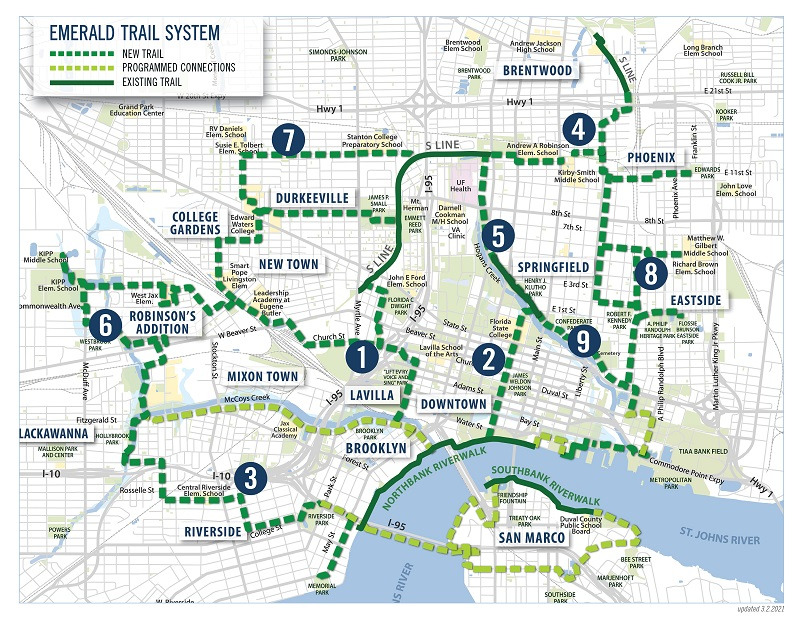
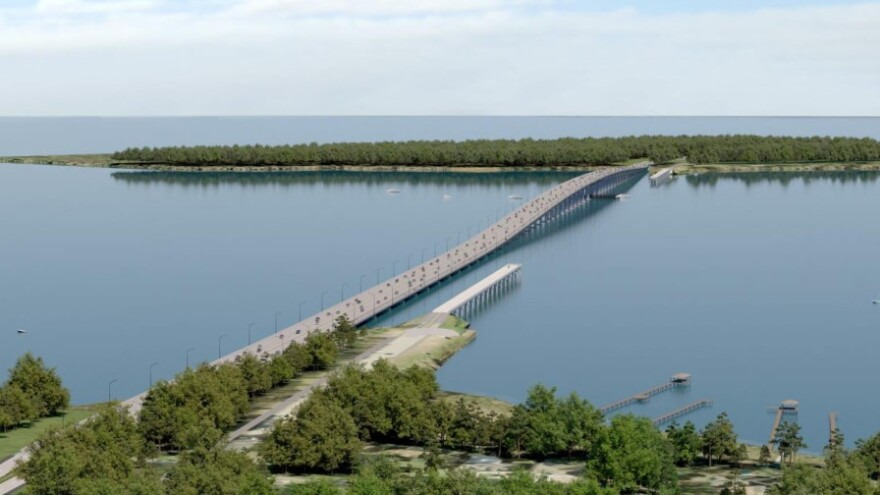
Infastrusture Projects
This year marks the commencement of two highly anticipated transportation infrastructure projects. One of them involves the construction of a vital bridge worth $596 million, connecting Clay and St. Johns counties. Additionally, a rail spur costing $5.5 million will be built to facilitate transportation to the Cecil Commerce Centre, a sprawling 600-acre industrial park dedicated to supporting the manufacturing and logistics sectors. This rail spur will establish a connection between the main rail line and the industrial park, enabling the city to attract businesses to this extensive site, thereby stimulating economic growth.
More Projects
Other major projects in Jacksonville:
1. One Riverside Ave. project will allow the city to uncover the mouth of McCoys Creek
and reconstruct and restore the river tributary’s greenway.
2. Shad Kahn’s Iguana Investments $387 million project, Four Seasons, is set to receive
$97 million in city incentives. The project is slated to bring hotel rooms, apartments and
office to the riverfront.
3. The Artist Walk will include the multi-use trail connection, parking, pedestrian
corridors, and landscaping and other park amenities.
4. Jacksonville Regional Transportation Center, the new multimodal station for all public
transit in the region integrates a 40,000 SF JTA bus transfer facility, rideshare and bike
share, and a 10,000 SF Intercity Bus Terminal, Greyhound, MegaBus.
